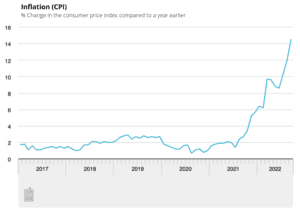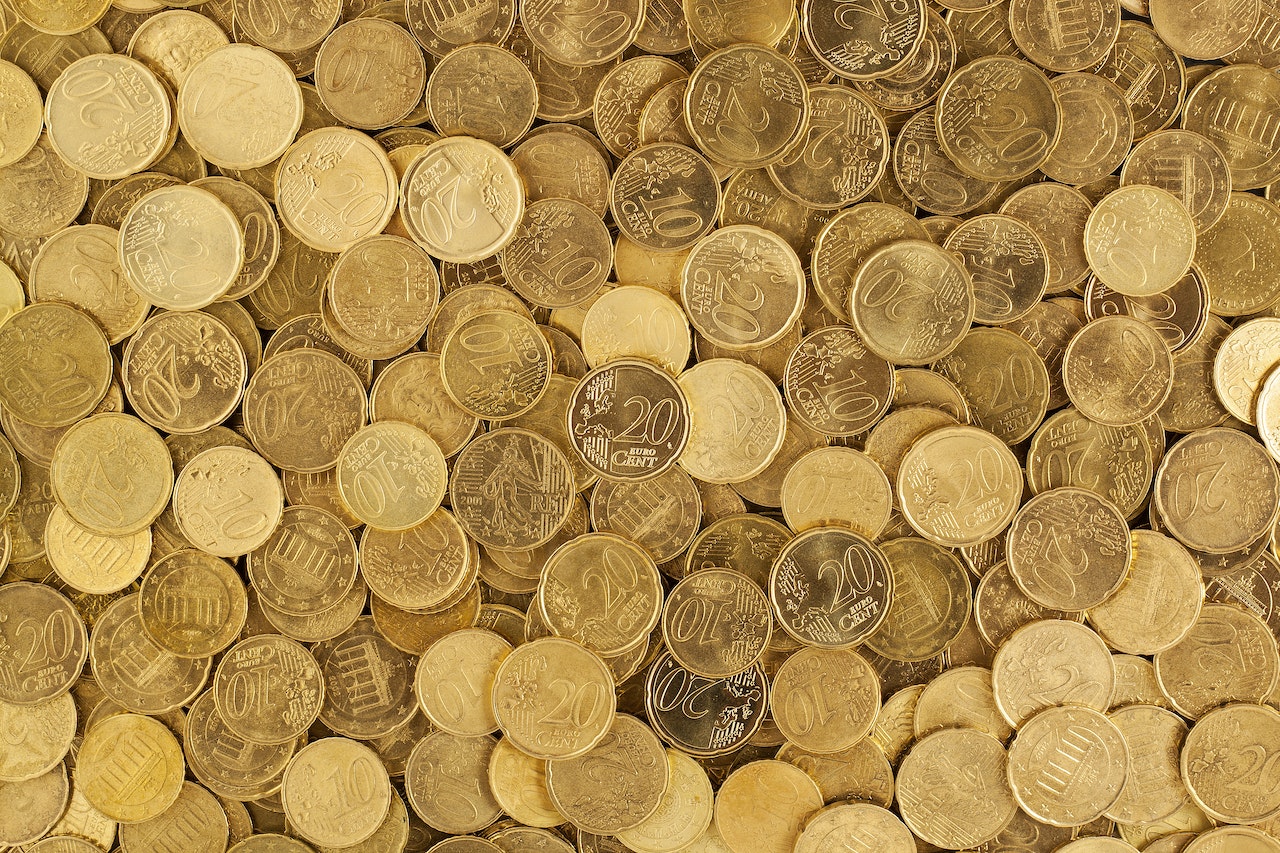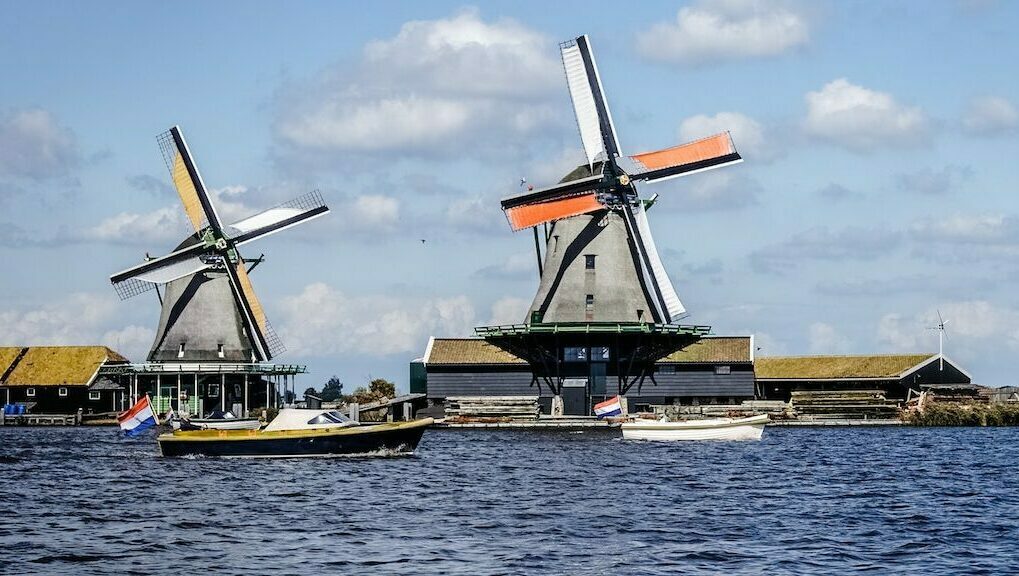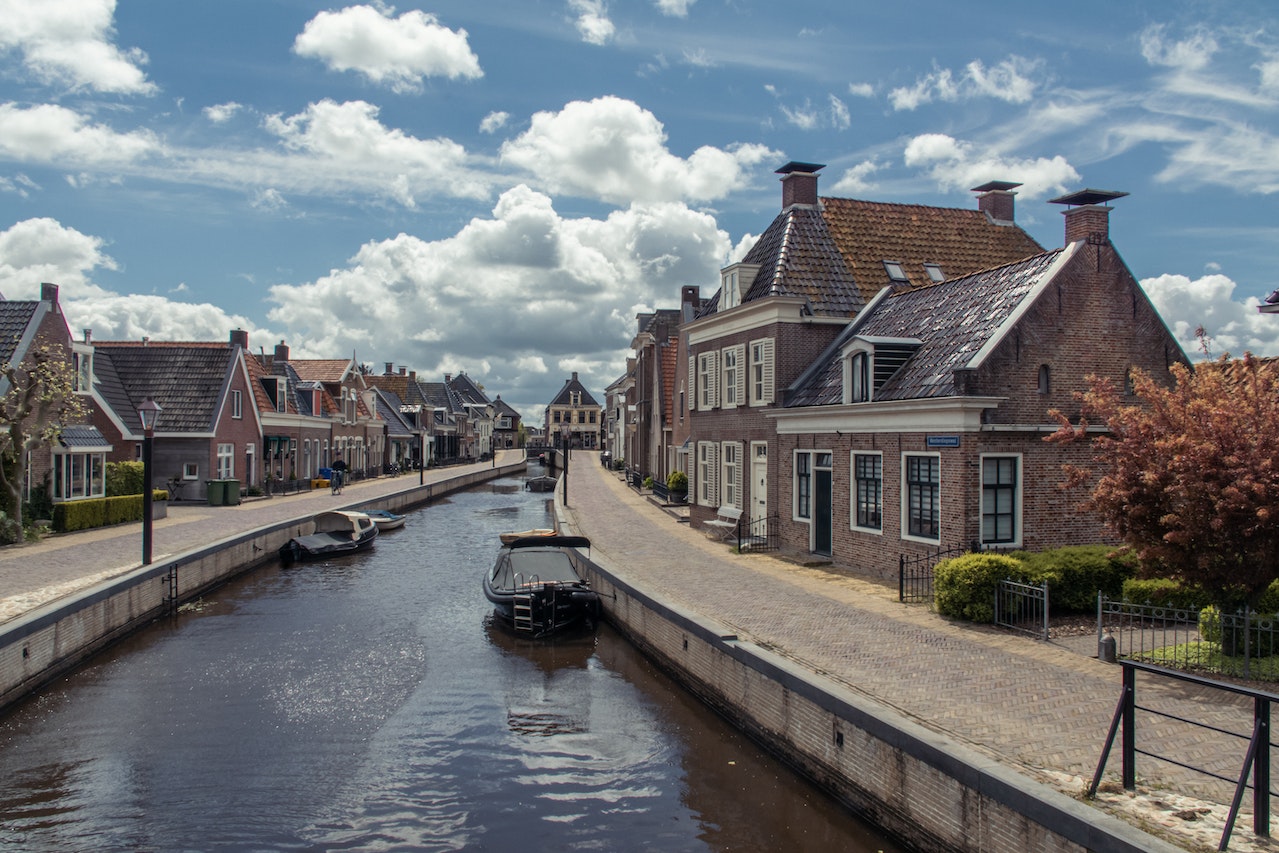Consumer price index in the Netherlands
The consumer price index shows the price development of a package of goods and services as purchased on average by Dutch households. An inflation of 14.5 percent in September 2022 means that the prices of consumer products are 14.5 percent higher than in September 2021. The inflation of 14.5 percent in September is therefore not on top of the inflation of 12.0 percent in August.

Source: CBS
Inflation due to high energy prices
Utility prices (electricity, gas and city heating) increased further in September. Energy was 200 percent more expensive in September than in the same month of last year. In August, the year-on-year increase was 151 percent.
Every month, the CBS also calculates the average price development, excluding energy and fuel prices. Inflation excluding energy and motor fuels increased from 6.0 percent in August to 6.5 percent in September.
Inflation in Europe
Inflation in the Netherlands is therefore significantly higher than the average in the eurozone. But there are still countries where inflation is even higher than here. In Estonia the inflation is more than 24 percent and the other Baltic states have a currency depreciation above 22 percent. The lowest inflation rate in the eurozone was measured in France, prices there rose by more than 6 percent.
Life in the Netherlands becomes unaffordable due to inflation
While the Dutch government is taking measures to compensate for rising energy bills and to restore the purchasing power of citizens and residents, the fact remains that life in the Netherlands is in danger of becoming unaffordable for many families and households. While wages are rising historically, they still can’t keep up with rapidly rising prices.


